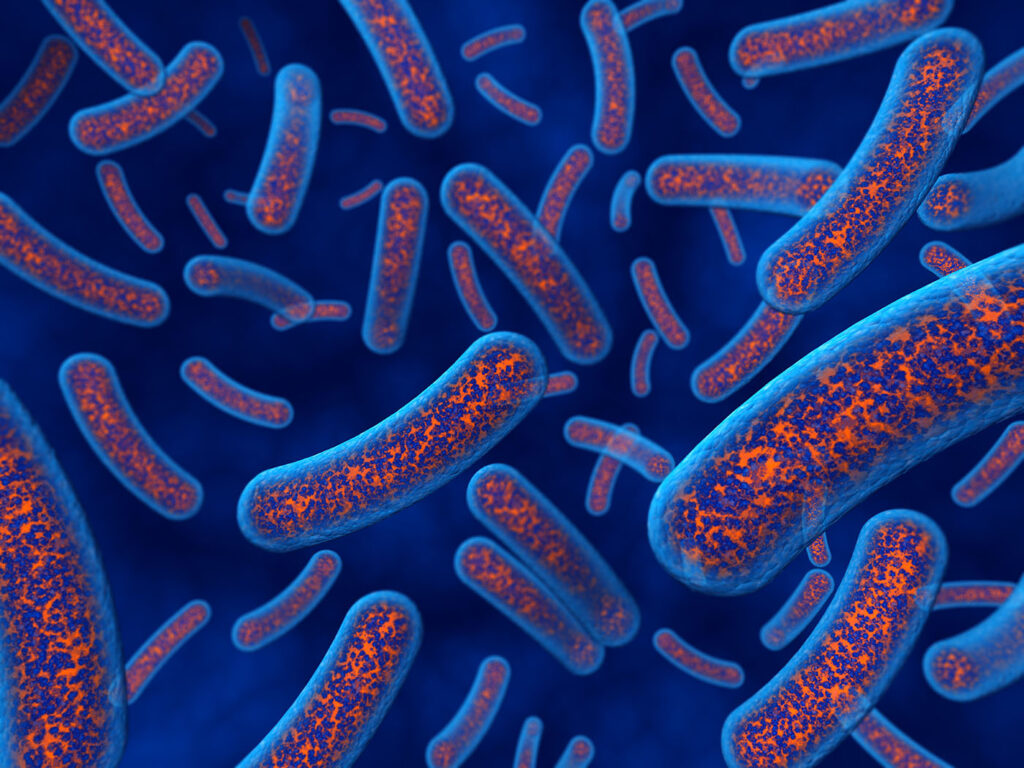According to the Centers for Disease Control and Prevention (CDC), more than 2.8 million antimicrobial-resistant infections occur each year in the U.S. In a new study published in Nature Microbiology titled, “Polymyxin B lethality requires energy-dependent outer membrane disruption,” researchers from University College London (UCL) and Imperial College London have now shown how antibiotics, termed polymyxins, can pierce the armor of harmful bacteria to overcome microbial resistance.
Discovered more than 80 years ago, polymyxin antibiotics disrupt the outer membrane of bacterial cells by targeting lipopolysaccharide (LPS) to cause leakage of intracellular contents and cell death. These antibiotics are a last-resort treatment for infections caused by Gram-negative bacteria. While effective against multi-drug resistant bacteria, polymyxin use is limited by significant side effects, including kidney damage and neurotoxicity.
In high-resolution images and biochemical experiments, the research team revealed how polymyxin B (PmB) rapidly caused bumps and bulges to break out on the surface of E. coli. These protrusions, which appeared within minutes, were followed by the bacterium rapidly shedding its outer armor.
Results showed that PmB efficiently killed exponential phase E. coli but was unable to eliminate stationary phase cells unless a carbon source was available. The process of protrusions, fast production and shedding of armor, and cell death only occurred when the cell was active. In dormant bacteria, armor production is switched off, causing the antibiotic to be ineffective.
“For decades we’ve assumed that antibiotics that target bacterial armor were able to kill the microbes in any state, whether they’re actively replicating or they were dormant. But this isn’t the case.” said Andrew Edwards, PhD, associate professor in Molecular Microbiology at Imperial and co-senior author of the study. “Through capturing these incredible images of single cells, we’ve been able to show that this class of antibiotics only work with help from the bacterium, and if the cells go into a hibernation-like state, the drugs no longer work—which is very surprising.”
This dormant state can last for many years and allows bacteria to survive unfavorable conditions, such as a lack of food and presences of antibiotics. These bacteria can then reawaken to cause recurrent infections in the body.
The E. coli cells were imaged using atomic force microscopy at the London Centre for Nanotechnology at UCL.
“It was incredible seeing the effect of the antibiotic at the bacterial surface in real-time,” Carolina Borrelli, a PhD student at the London Centre for Nanotechnology at UCL and co-author of the study. “Our images of the bacteria directly show how much polymyxins can compromise the bacterial armor. It is as if the cell is forced to produce ‘bricks’ for its outer wall at such a rate that this wall becomes disrupted, allowing the antibiotic to infiltrate.”
According to Bart Hoogenboom, PhD, professor of biophysics at UCL and co-senior author of the study, the next challenge is to use these findings to increase antibiotic effectiveness. One counterintuitive strategy is to combine polymyxin treatment with treatments that promote armor production to wake dormant bacteria for elimination.
“Our work also shows we need to take into account what state bacteria are in when we are assessing the effectiveness of antibiotics,” said Hoogenboom.

